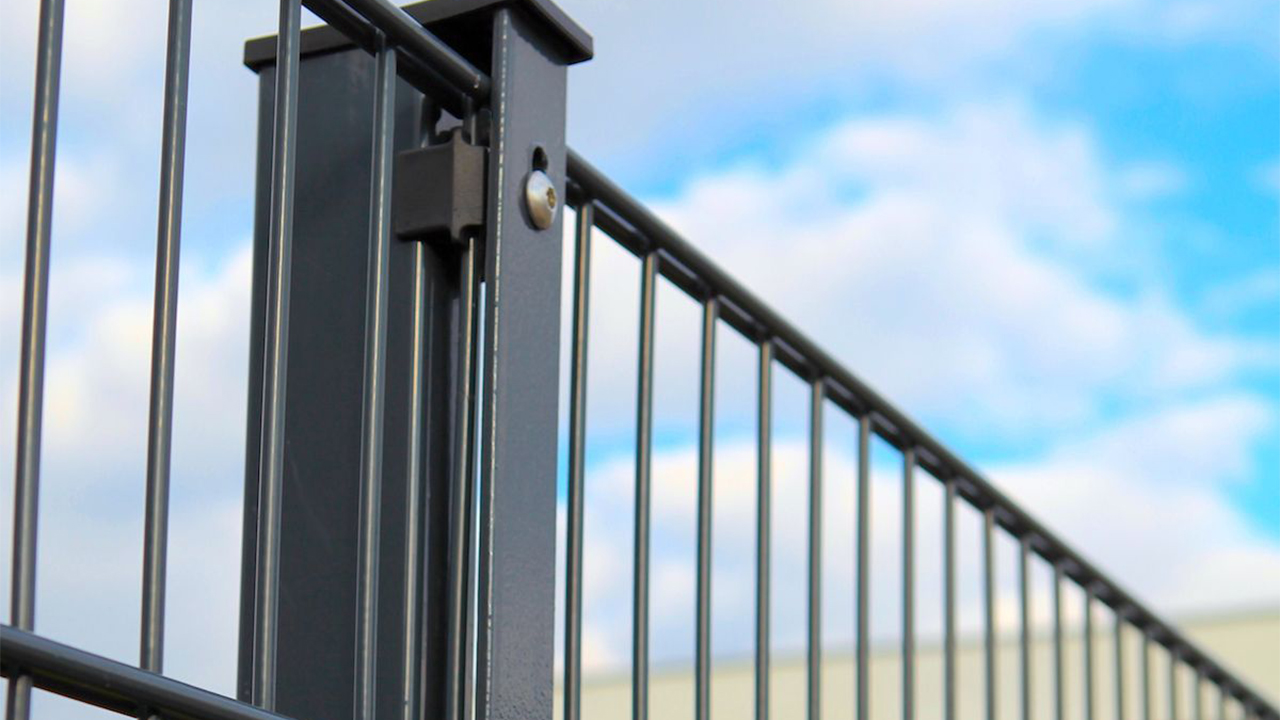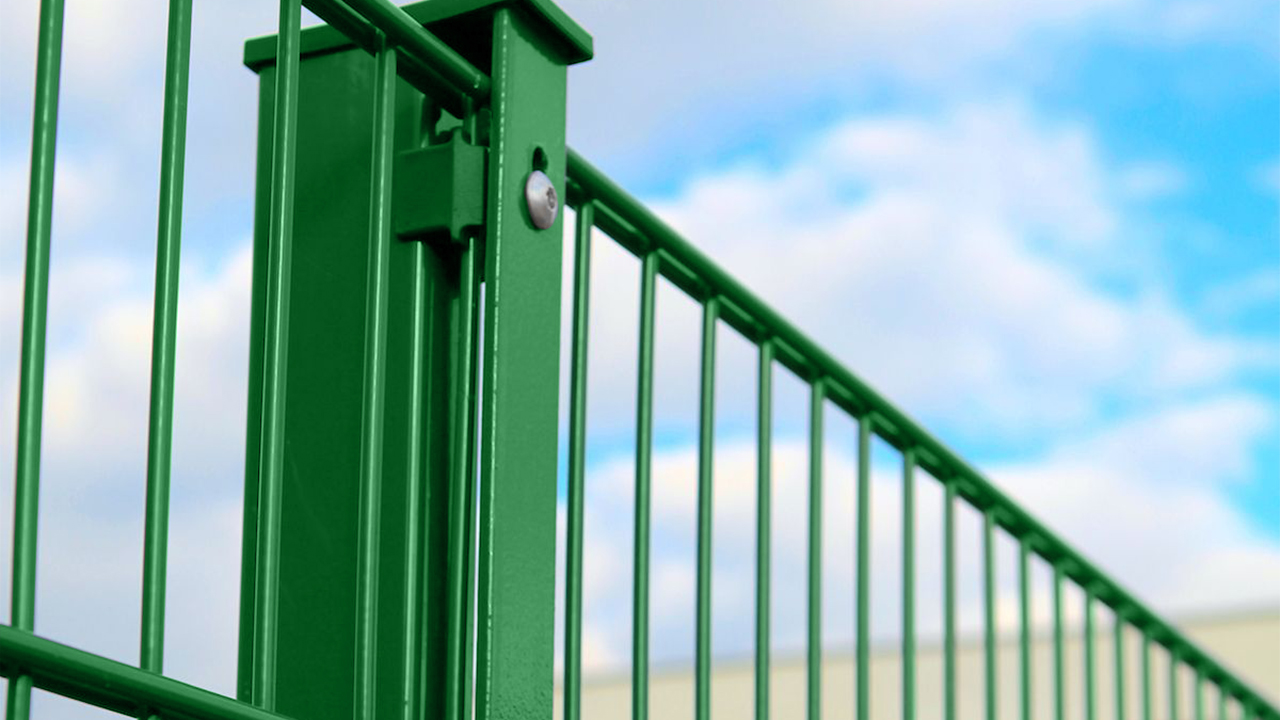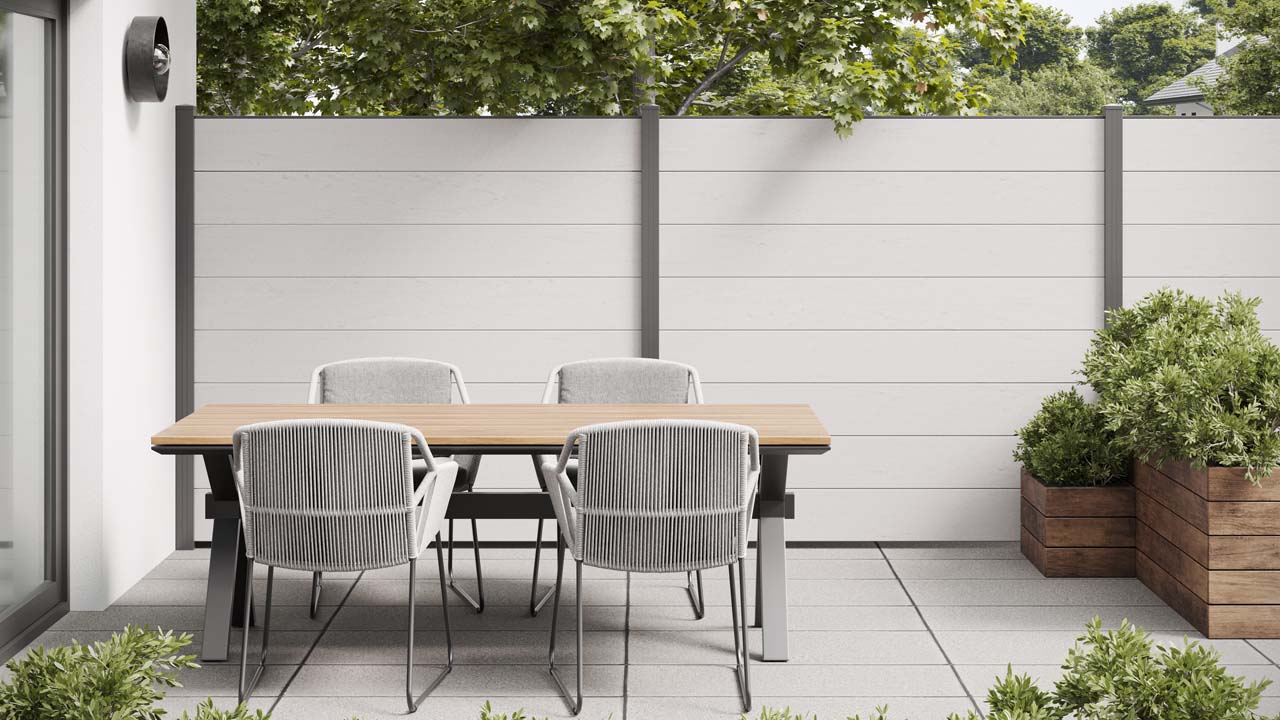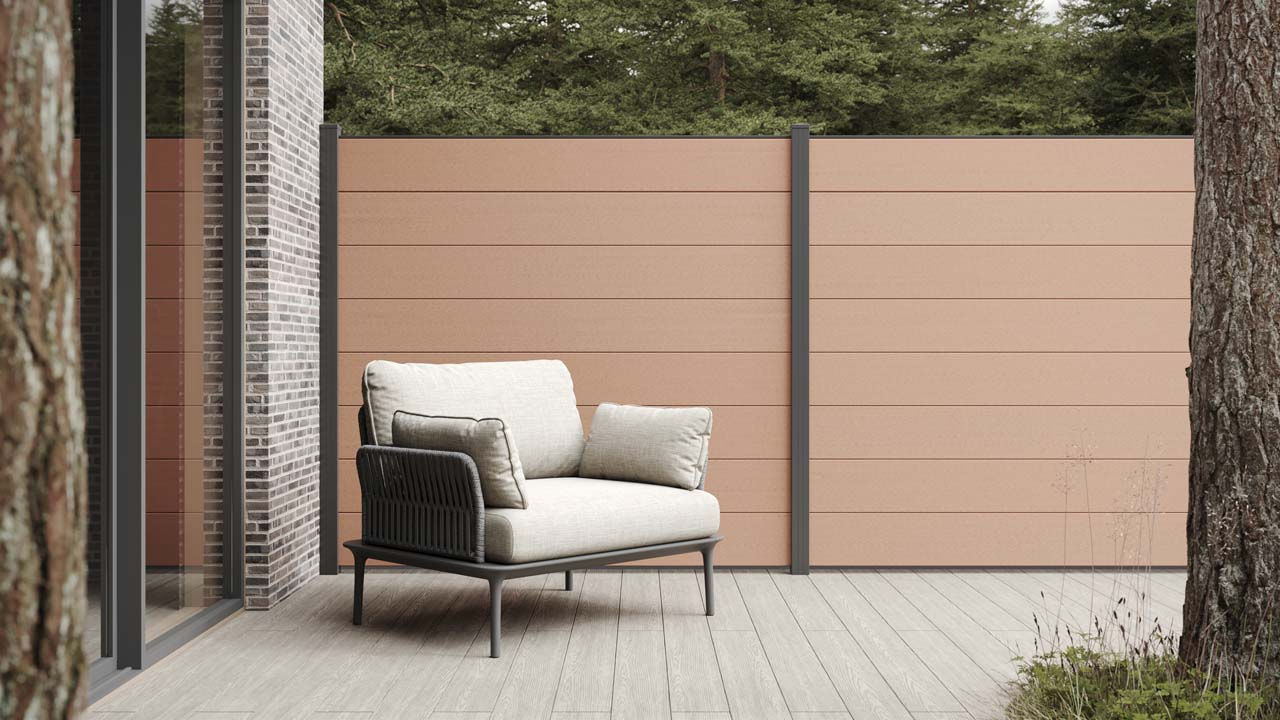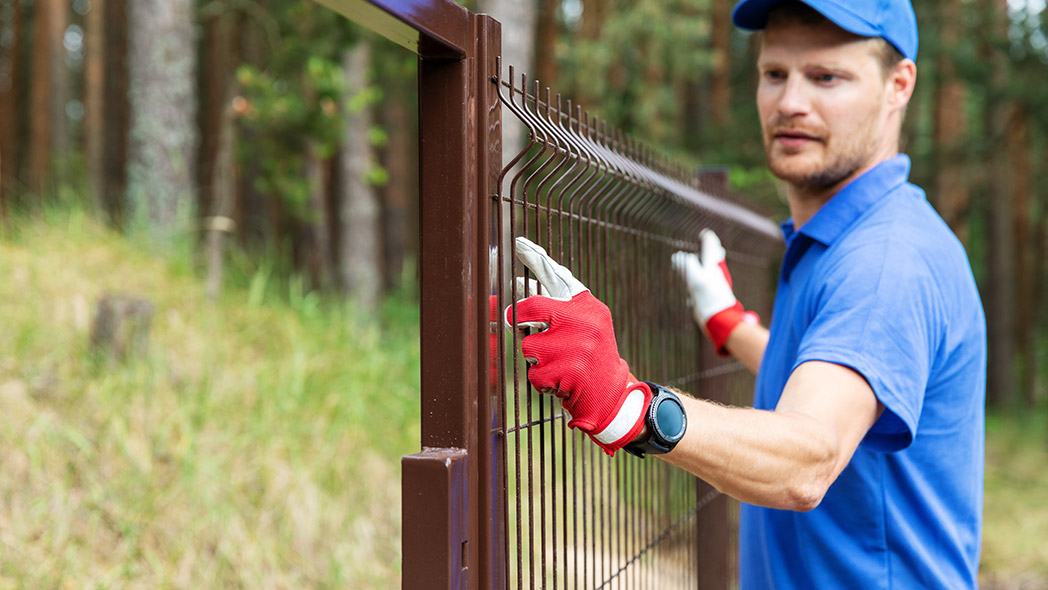
Photo: ronstik / stock.adobe.com
A beautifully landscaped garden is the perfect retreat from the hustle and bustle of everyday life, especially during the warmer months, offering a wonderful place to relax. However, without the right enclosure, the longing for peace and privacy can quickly dissipate. A fence or privacy screen is the answer to curious glances from neighbours and passersby, giving you the freedom to enjoy your garden to the fullest. But is it necessary to spend a fortune on it? No! With a bit of DIY skill, the right materials, and an easy-to-understand guide, you can build a fence cheaply yourself. This guide will give you tips on how to realise your project on a budget.
Content
- 1 Building a Fence and Privacy Screen Yourself: How Can It Be Done Cheaply?
- 2 Step by Step: Build a Wooden Fence Yourself Cheaply
- 3 WPC/BPC Fence as an Alternative to the Classic Wooden Fence
- 4 Rules for Fences and Privacy Screens
- 5 Conclusion
- 6 Experience the best service with planeo - because you need it!
Building a Fence and Privacy Screen Yourself: How Can It Be Done Cheaply?
The desire to enclose your own garden and protect yourself from unwanted glances doesn't have to be expensive. There are various ways you can build an effective and visually appealing fence or privacy screen quickly and cheaply yourself. The key lies in choosing the right materials and construction method. Below, we present various cost-effective solutions.
The Cheapest Solution: Chain Link Fence
A chain-link fence is often the most cost-effective option for enclosing a property or garden. The costs vary depending on the quantity purchased and the dealer, ranging from 1 to 3 euros per running meter. However, due to the open meshes, it offers little privacy. If your main concern is enclosing your property, it's a worthwhile option to consider. The construction is straightforward: all you need is the roll of chain-link fence and some sturdy posts, which you anchor into the ground at regular intervals. However, if you want to combine the benefits of a fence with those of a privacy screen, you should consider other alternatives.
Wattle Fence: Build a Natural Fence with Twigs Cheaply Yourself
A wattle fence is an affordable and natural solution made from natural materials such as hazel, willow, or poplar. For construction, you need sturdy posts, which you anchor into the ground at regular intervals. Then, you weave the fresh and flexible twigs around them using a weaving technique. Start at the top end of the first post and lead the twig alternately in front of and behind each post. Repeat this process with more twigs until the desired height is reached. If necessary, you can secure the ends of the twigs to the posts with wire or string for additional stability. A wattle fence is low-maintenance and durable, offering you the chance to enhance your garden with a charming and natural privacy screen with relatively little effort.
Did you know? You can also build a wattle fence using prefabricated elements from stores. However, due to the required manual labour, they are relatively expensive. For an element with a width of 100 cm and a height of 120 cm, you can expect costs of 60 to 80 euros. Here, building the fence yourself remains the cheaper solution.
Reed Mats: An Affordable Privacy Screen to Build Yourself
Another affordable privacy screen solution is reed mats. The advantage: they are easy to install and offer a quick way to protect your garden, patio, or even balcony from prying eyes. The installation is simple: the mats are attached to existing fences, posts, or frames with wire or cable ties and immediately serve their purpose. The costs vary and are between 5 and 10 euros per meter.
Pallets, Climbing Plants & Co: Creative Solutions for Fences and Privacy Screens
If you're willing to invest a bit more time and creativity into your fence or privacy screen, fences made from pallets or privacy elements from recycled materials are a great and environmentally friendly option. With a little skill, you can create unique fence and privacy screen solutions from old Euro pallets, doors, or window frames that not only save your wallet but also the environment. Similarly, a privacy screen made from climbing plants is environmentally friendly, creative, and gentle on your wallet. With a simple construction made of wood or wire and some plants like ivy, hops, or vine, you can build a privacy fence cheaply yourself, which will harmoniously integrate into the garden landscape over time.
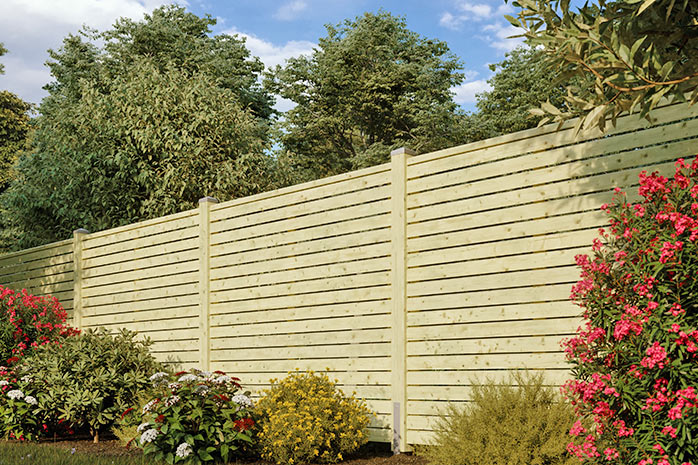
Step by Step: Build a Wooden Fence Yourself Cheaply
Wooden fences are still a popular choice and are well suited for DIY construction. Especially if you choose affordable yet durable wood. Larch wood stands out in particular. It is not only affordable but also resistant to weather influences and pests, making it a durable option for a self-built fence or privacy screen. Douglas fir and robinia are also weather-resistant and robust, with surface treatment further increasing durability.
Wood is not only a cost-effective choice but also offers a warm and natural aesthetic that blends harmoniously into your garden. With the right material and tools, a bit of DIY skill, and our following step-by-step guide, you can build a wooden fence yourself cheaply.
1) Planning and Material Acquisition
Measure the area you want to fence and plan the position of the posts. Then, acquire the necessary material. Larch, Douglas fir, and robinia wood are affordable and durable wood types that look beautiful and are easy to work with. You will also need suitable wooden posts, screws, wood preservative, and the necessary tools such as a saw, a hammer, a drill or cordless screwdriver, and a spirit level.
2) Setting the Posts
Mark the positions of the posts. They should be placed at a distance of about 1.5 to 2 meters from each other to ensure good stability and even distribution of the boards. Dig holes deep enough to hold the posts stable or use post supports. Drive these into the ground until they are firmly embedded. Then, you can set the posts in the supports and screw them tight. Check with the spirit level whether the posts are straight and adjust them if necessary.
3) Attaching Wooden Slats or Boards
Cut the wooden slats or boards to the desired length. Attach the slats or boards horizontally to the posts. Tip: Pre-drill the holes with a wood drill bit. The distance between the slats or boards can vary depending on how much privacy you want. For more privacy, you can place the slats closer together. If you prefer an open structure, you can leave a larger gap between the slats.
4) Protective Treatment
Finally, apply a good wood preservative to protect the fence permanently from weather influences and pests. This will significantly extend the life of your self-built fence.
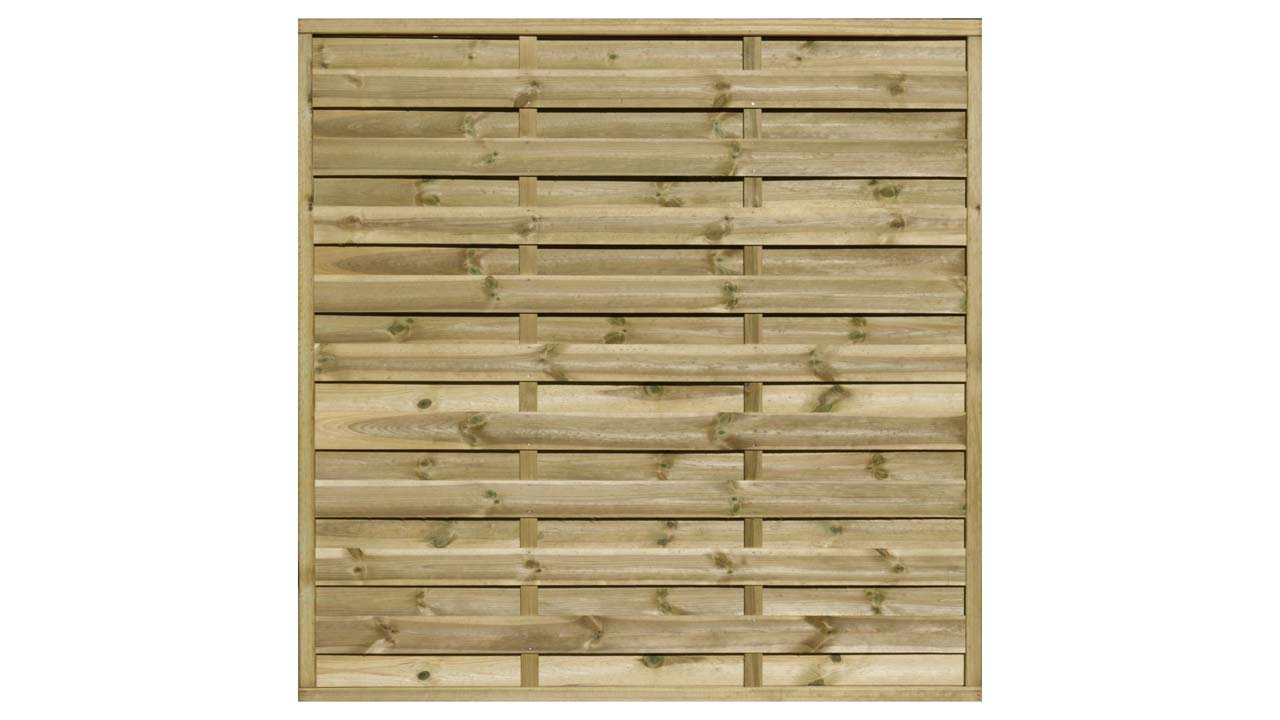 planeo TerraWood - PRIME sealed fence spruce 180 x 180 cm
75,95 €
planeo TerraWood - PRIME sealed fence spruce 180 x 180 cm
75,95 €
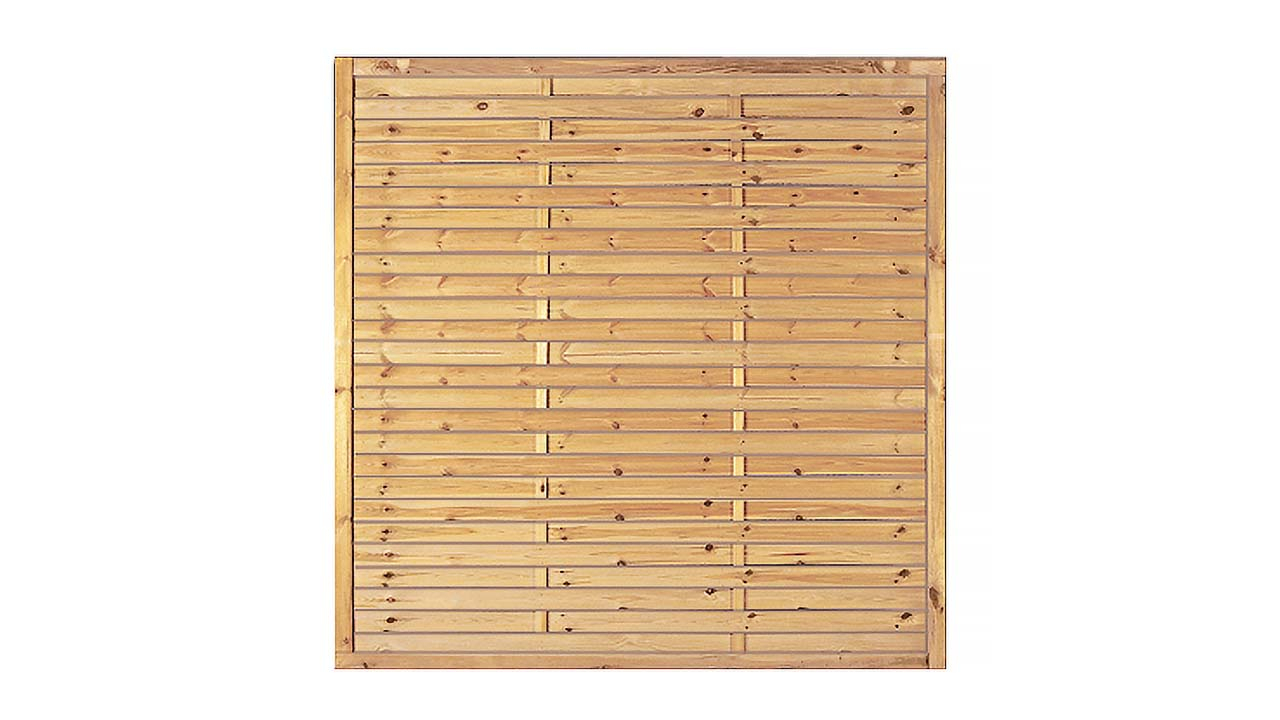 planeo TerraWood - BLEND slat fence pine 180 x 180 cm
64,95 €
planeo TerraWood - BLEND slat fence pine 180 x 180 cm
64,95 €
WPC/BPC Fence as an Alternative to the Classic Wooden Fence
Fences and privacy screen elements made from WPC (Wood-Plastic Composite) and BPC (Bamboo-Plastic Composite) are modern alternatives to traditional wooden fences. Both materials combine the aesthetics of wood with the durability and ease of maintenance of plastic. They are resistant to weathering, mould, and pests, require little maintenance, and are available in numerous designs and colours. The installation is simple and can be carried out by yourself.
Although the initial costs are higher (starting at about 100 euros per running meter) than for a self-built wooden fence, the longer lifespan can make these fences a cost-efficient solution in the long run. In our shop, you can order WPC/BPC elements in numerous designs and at attractive prices online.
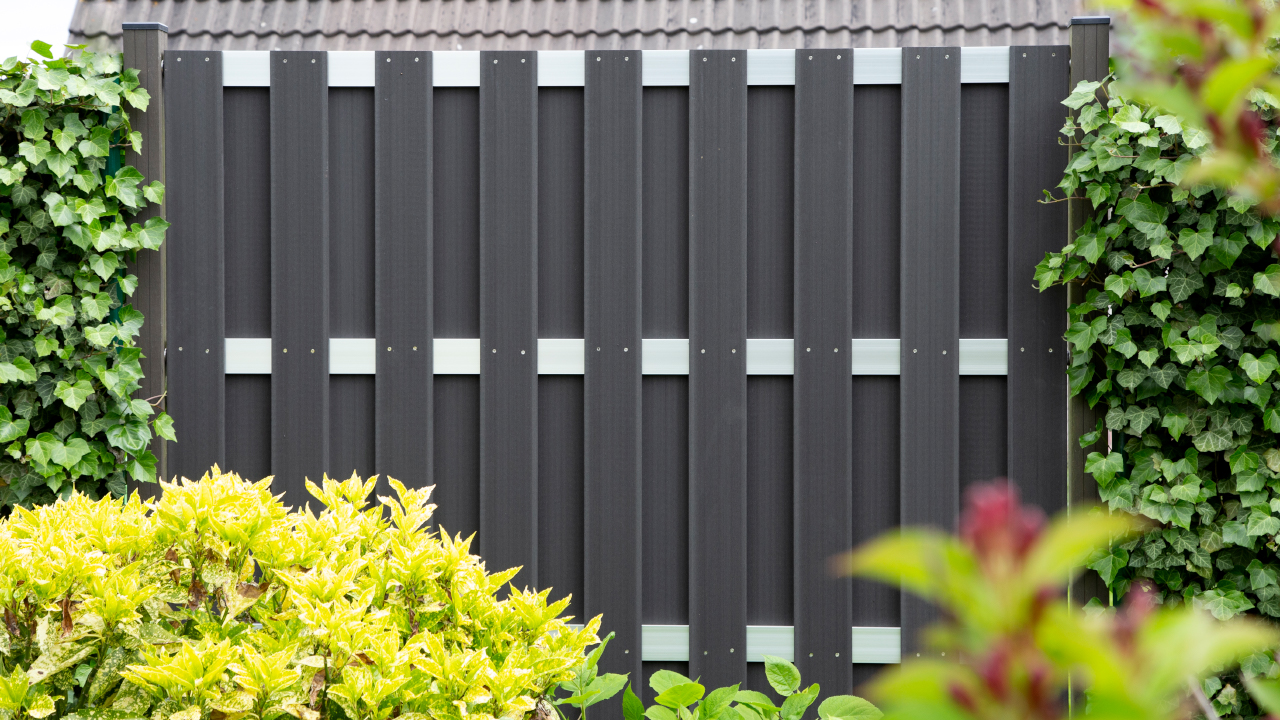 planeo prefabricated fence - square anthracite 180 x 180cm
162,90 €
planeo prefabricated fence - square anthracite 180 x 180cm
162,90 €
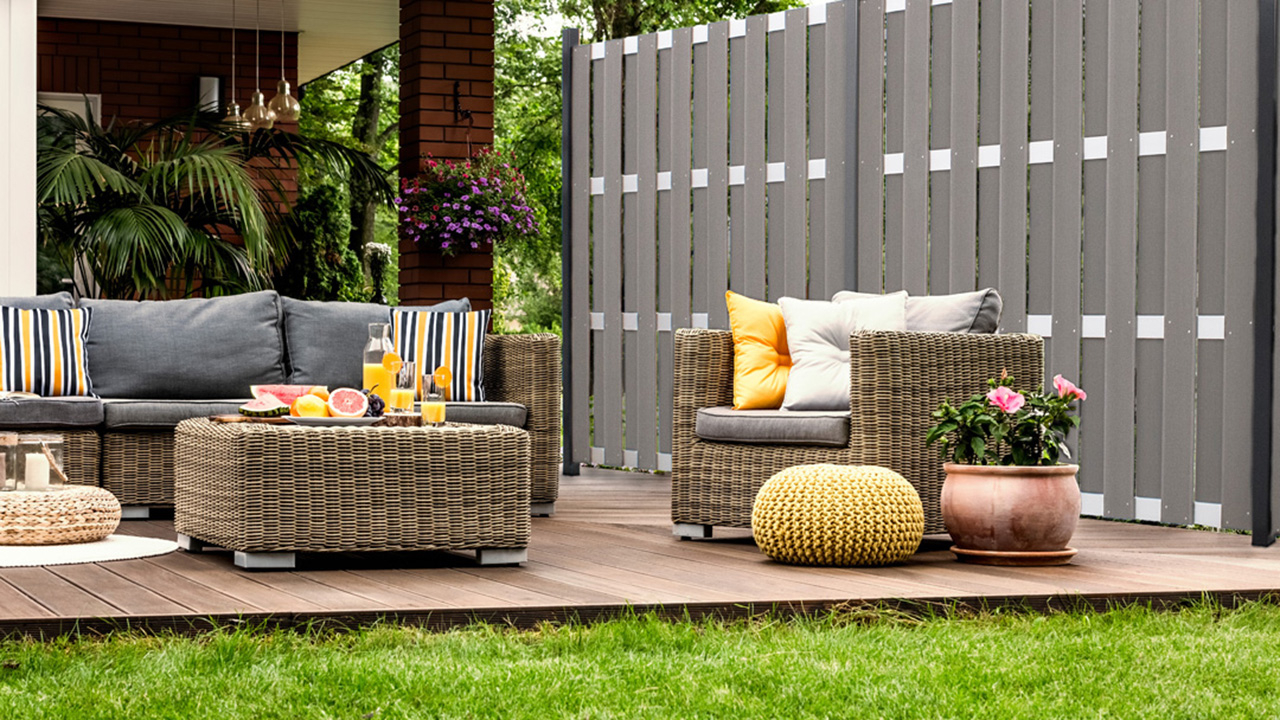 planeo prefabricated fence - square light grey 180 x 180cm
164,90 €
planeo prefabricated fence - square light grey 180 x 180cm
164,90 €
Rules for Fences and Privacy Screens
How high can a fence be without permission?
The permitted height for fences without a building permit varies in Germany depending on the federal state and sometimes even the municipality. Generally, the permissible height for fences without a building permit ranges from 1.20 to 2.00 meters. Before you build your fence, we recommend that you inquire at your local building authority.
What kind of privacy screen is allowed towards the neighbour?
A privacy screen towards the neighbour is generally allowed in Germany, provided it is located on your own property. The permitted height is determined by the local customary height. These are defined by the respective municipalities and cities. Generally, the privacy screen should not exceed a height of 180 centimetres. The distance to the neighbouring property should be at least 50 centimetres. However, the specific permitted height for a privacy screen can vary from state to state. Therefore, it is advisable to inquire in advance at your local building authority.
Conclusion
Building a fence or privacy screen yourself is a cost-effective method to create more privacy in your own garden. By using affordable materials such as larch wood or chain-link or creative solutions like pallets, you can save money that you can use for the design of your garden. A modern and very low-maintenance alternative at somewhat higher costs are WPC/BPC elements. They can be quickly assembled by yourself and offer an elegant look. Most importantly: The permitted height and type of privacy screen vary regionally. Therefore, consulting with the local building authority is advisable before starting your fence or privacy screen project.
Experience the best service with planeo - because you need it!
No matter what challenges you face with your project, planeo provides you with the right solution. Benefit from the advantages of our services:
- Free samples for many of our garden fence products: Order up to 7 samples at no cost, for example, from our WPC fences or wooden fences.
- Express delivery - for urgent projects and quick decisions.
- Expert advice - We offer professional consultation through our contact page or answer your questions directly in the comments.
